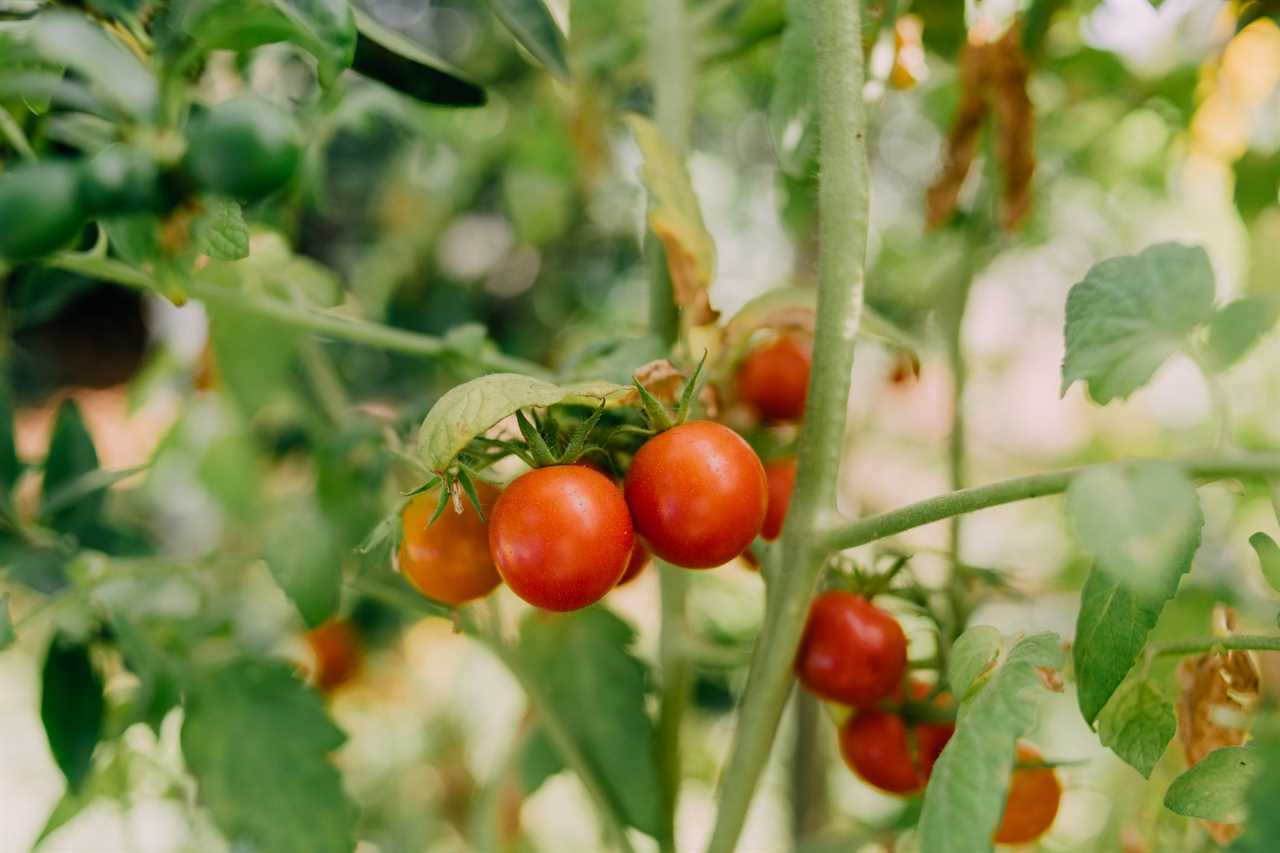Last spring, I ran into some neighbors at the local garden center who were shopping for tomato plants. The plant tags contained a lot of useful information, but they weren’t sure what all the codes after the variety name meant. I helped them sort out the codes, and they ended up with the best tomatoes they’d ever grown.
What Is All That Info on Tomato Plant Tags?
Whenever you buy a plant, check the tag, which usually includes the variety name and mature size. In the case of tomatoes, the plant tag may be coded with letters, each related to disease resistance. It should definitely tell you if the tomato plant is indeterminate or determinate.
What Are Indeterminate and Determinate Tomato Plants?
Generally, tomato plants are one or the other. Some are also classified as dwarf.
Indeterminate tomatoes
The most common type, these grow taller all through the season. As they grow they also develop side shoots, called suckers. They generally produce fruit throughout the growing season.
As they grow, reaching six feet or taller, they’ll need a cage or a stake to keep them off the ground.
Determinate tomatoes
These usually produce most of their tomatoes early in the season, within a few weeks, and stop growing at some point. This is great if you want a lot of tomatoes at one time for canning.
Though they don’t grow all summer, they still require some support. A wire cage works fine.
Dwarf tomatoes
According to the Dwarf Tomato Project, these max out at two to four-and-one-half feet, ideal for smaller gardens and containers.
What Do The Code Letters On The Tag Stand For?
Diseases.
Tomatoes are notoriously susceptible to blights, wilts and nematodes. Breeders are always working to create new varieties resistant to diseases and have come up with codes for each malady. When you see these codes on a tag, it means that variety has built-in resistance to the indicated disease. The most common: F for fusarium wilt, V for verticillium wilt and N for nematodes.
If your tomatoes succumbed to a plant disease before the end of the growing season, send a sample to a plant pathology lab for testing. Contact your local cooperative extension service to determine how. Once you know which disease is present in your garden, look for tomato plants resistant to that disease.
What does the code F1 mean?
F1 after a tomato variety name means it’s a hybrid, created by cross-pollinating two varieties. The resulting seeds are designated F1.
Hybrid tomatoes are often more disease-resistant and better tasting. One of the most famous hybrid tomatoes is Big Boy from Burpee.
What Type of Tomato Will the Plant Produce?

Tomatoes come in various sizes, shapes, and colors. Make sure you know which type of tomato you’re getting when you buy that seedling in the spring. Some common types include:
- Currant tomatoes: These are the smallest, and are usually the size of jelly beans.
- Cherry and grape tomatoes: As the name suggests, these are usually the size of cherries and grapes. They’re good for snacking.
- Roma tomatoes: These are usually oblong with thicker skins, good for canning and salsa making.
- Slicing tomatoes: These include beefsteak tomatoes, which can be sizable.
All these come in colors ranging from pink to dark red, plus yellow. Some are even striped.
If you’re new to growing tomatoes, try several varieties each year to learn which do well in your garden and taste good to you. Then grow your favorite varieties every year.
And remember to grow your tomato plants in different spots each year. If you grow your tomatoes in containers, fill them with fresh soil each spring. This lessens the chances of your plants succumbing to a blight or wilt left over from the year before.
Did you miss our previous article...
https://rsssuperfeeds.com/life-hacks/how-to-finish-basement-stairs






